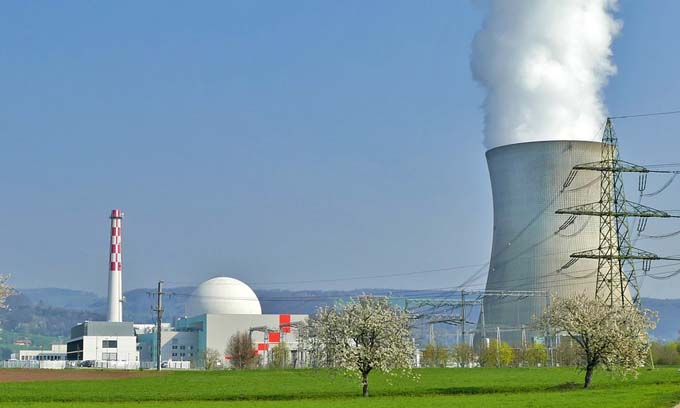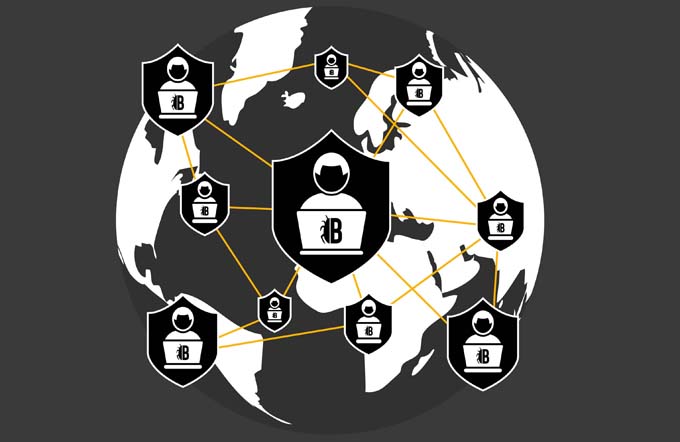Nuclear power plants: could AI help reduce operating costs?
Switzerland has decided to phase out nuclear energy, but due to an impending shortage of electricity, there are calls to keep nuclear power plants in operation longer. But operating older reactors is costly. US researchers are therefore working on an AI solution to help reduce operating costs.

In the course of the discussions surrounding the electricity shortage and the energy turnaround, nuclear power plants are experiencing something of a renaissance: they are capable of supplying very large amounts of electricity, and doing so without emitting CO2. That's why the EU recently classified them as "sustainable." Proponents of nuclear power could now get another argument, and this from the USA - which is rather favorable to nuclear power plants anyway: artificial intelligence for reducing the high operating costs of nuclear power plants.
Nuclear power plants: maintenance and safety generate high costs
Nuclear power plants may not pollute the air, but they have other disadvantages: they produce radioactive waste, the disposal of which is highly problematic. And nuclear power plants are expensive to operate: The biggest cost factor in operating a nuclear power plant is the constant monitoring and maintenance - the older the plant, the higher the expense. Not only since Chernobyl have we known what can happen if safety systems are not operated properly. Could intelligent, computer-controlled systems now not only make nuclear power plants safer, but also increase their economic efficiency? Scientists at the U.S. Department of Energy's (DOE) Argonne National Laboratory are working accordingly on systems that could use artificial intelligence to make nuclear power more competitive. "Operation and maintenance costs are of great concern for nuclear power plants because they currently require a large number of on-site staff and extensive maintenance," Roberto Ponciroli, a senior nuclear engineer at Argonne, told the web portal Techexplore.com. "We believe autonomous operation can help improve their profitability and also encourage the adoption of advanced reactor designs." The Argonne National Laboratory research project aims to develop a computer architecture that could detect problems early and recommend appropriate actions to human operators. Ponciroli and his colleagues estimate that this technology could save the nuclear industry more than $500 million a year.
AI takes over monitoring and helps with decision making
Already today, the various system components of a nuclear power plant - valves, pumps, heat exchangers, etc. - are monitored by sensors. However, like other components, these sensors can be damaged. For this reason, they must be continuously checked by employees. This is done, for example, by regular inspections of the plant. The researchers' idea: What if algorithms could now check the data by learning how a normal sensor works? Then they could look for anomalies, i.e. AI would interpret the signals from the sensors and recommend specific measures. Ponciroli gives an example: "Suppose an indicator on your car's dashboard alerts you to a tire that is underinflated. You know you don't have to stop immediately, but you might decide to slow down a little to avoid a blowout until you can fill the tire with air." We see the information (low air pressure), evaluate it (stop or continue?), and take action (continue, but at a lower speed). AI can now mimic this logic. In a nuclear power plant, computers could thus detect problems and alert operators as early as possible to optimize control and avoid more expensive repairs. At the same time, computers could prevent unnecessary plant maintenance.
Optimize existing systems
Researchers at Argonne National Laboratory have now developed such a computer simulation, or a digital twin of a nuclear reactor. They have succeeded in completing systems to control and diagnose its virtual parts. The rest of the project will focus on the system's decision-making capability - what it does with diagnostic data. The goal of the research should be a system architecture that links multiple algorithms. An existing analysis tool for modern reactors will be used, and engineers will adapt it accordingly. It should be flexible enough to be used for existing reactors as well.
Sources: SwissCognitive; Techexplore.com









